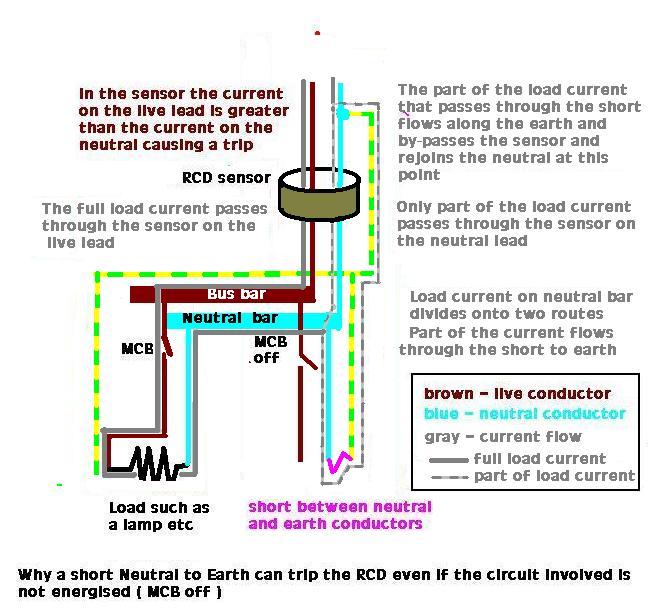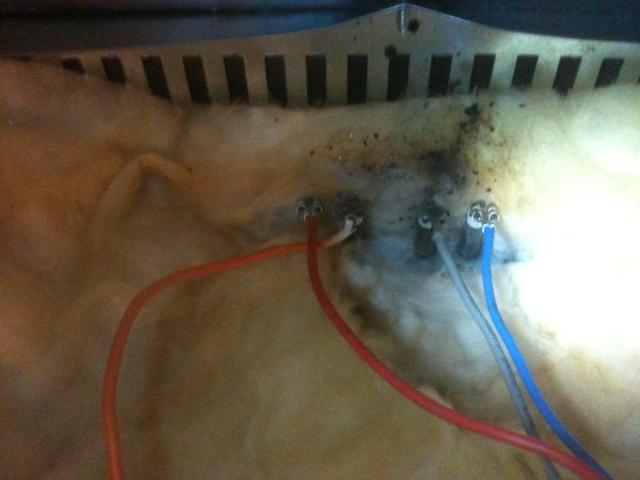- Joined
- 5 Jun 2012
- Messages
- 119
- Reaction score
- 0
- Country

Oven about 2 years old fromn new - previously running fine.
Tenant now states that sometimes, particularly when oven is on for long time that the RCD trips. They have oisolated it to the oven and not the hob (on same circuit, 32A MCB), and say that the hob does not need to be on for it to trip. I have taken a look at all the wiring from the CCU to the appliance and everything seems fine, all screws are tight and no evidence of cable overheating.
If it's the appliance, what possible things could suddenly cause this intermittance fault?
Tenant now states that sometimes, particularly when oven is on for long time that the RCD trips. They have oisolated it to the oven and not the hob (on same circuit, 32A MCB), and say that the hob does not need to be on for it to trip. I have taken a look at all the wiring from the CCU to the appliance and everything seems fine, all screws are tight and no evidence of cable overheating.
If it's the appliance, what possible things could suddenly cause this intermittance fault?


